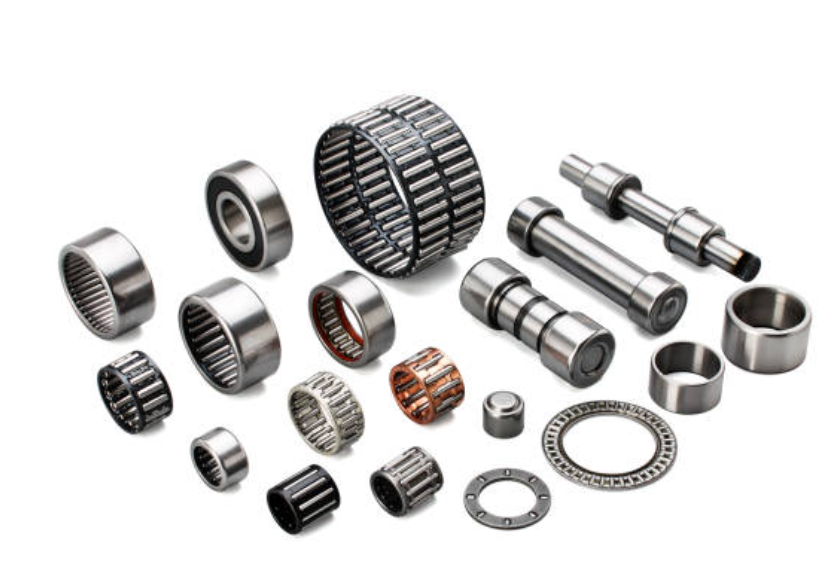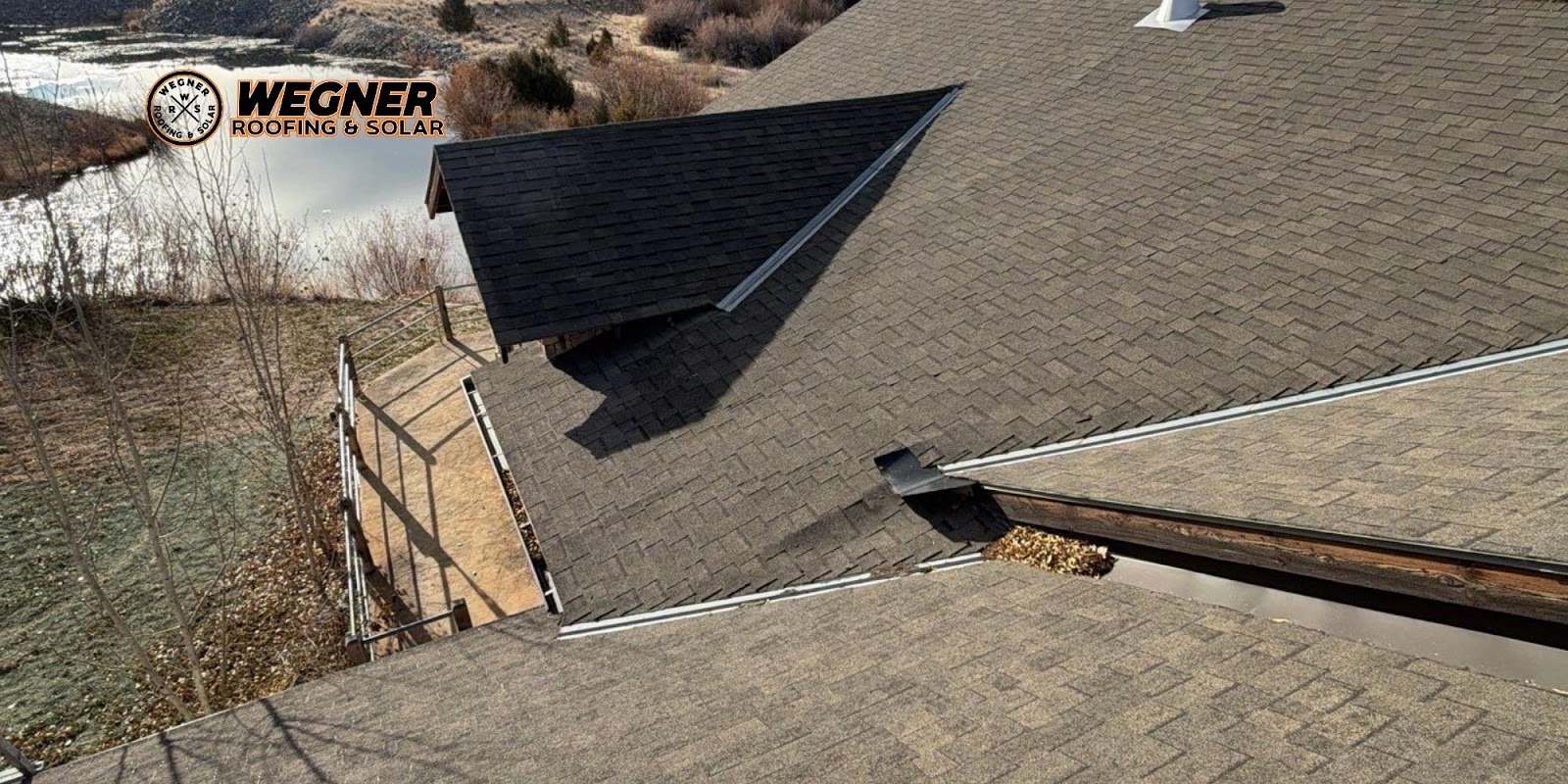Mechanical systems are as strong as the weakest part. And more often than not, that weak spot proves to be a fastener.
Bolts and screws are not something that most people consider until one of them breaks. Once it does, the harm may be beyond physical. It brings about downtime. It is expensive. It rattles the faith in a product or a project. That is why fasteners and the people who provide them are more important than they are typically credited with.
Selecting the correct fastener suppliers is not all about having parts in a box. It is a matter of the durability of all that they fasten.
Poor Supply Choices Create Weak Links
Let’s say a maintenance team replaces fasteners during scheduled downtime. The parts look fine—standard size, same spec, same material. But six months later, vibration fatigue shows up in key joints. That’s not just bad luck.
It often traces back to one quiet detail: inconsistent thread quality or poor heat treatment from a low-tier supplier.
A supplier that cuts corners introduces risk in ways you can’t see until something goes wrong.
Minor defects become big problems when:
- Threads are cut too shallow or rough, leading to improper engagement
- Tolerances drift out of spec, creating gaps or extra stress
- Coatings flake off, accelerating corrosion
Even something as minor as packaging can affect performance. Parts exposed to moisture during transport can arrive already compromised.
Supply Quality Becomes System Reliability
Every fastener is part of a chain. It transfers load, holds alignment, and resists motion. And when a supplier treats fasteners like commodities, the entire system takes a hit.
Consistent quality matters more than the price per unit.
There’s a trade-off here. Some procurement teams chase the cheapest offer. Others take the time to evaluate long-term reliability. The difference isn’t always noticeable right away, but over time, you’ll see it in the service records.
Good suppliers deliver more than fasteners. They provide:
- Certifications that match specs, not just paperwork
- Batch testing data when needed
- Materials that actually perform to rated strength not just claim it
If these things are missing, problems get pushed down the line until they become failure points in the field.
Longevity Depends on the Details
You might be working on a large assembly—maybe an industrial press or a structural frame. Most components are built to last 10–20 years. If the fasteners degrade first, the rest doesn’t matter.
Fastener wear shows up slowly:
- Loosening from vibration
- Micro-movements causing surface damage
- Fatigue cracks from repeated stress
Once this starts, it’s hard to reverse. At best, you’re swapping out bolts on a schedule. At worst, you’re dealing with failure under load.
A good supplier helps avoid this by asking the right questions upfront:
- What’s the application?
- What’s the environment—humidity, temperature, exposure to chemicals?
- How many cycles of loading and unloading?
They don’t just take an order. They ask about conditions because two bolts with the same part number might behave very differently depending on where they’re used.
Not All Suppliers Are the Same
Some just resell. Others have traceability and in-house testing. Some ships fast. Others give you a contact who actually understands engineering.
Here’s what experienced engineers tend to look for in a fastener supplier:
- Technical support, not just sales reps
- Consistent lead times and honest stock updates
- Familiarity with ISO or DIN standards
- A willingness to recommend alternatives based on performance, not just cost
And trust builds over time. One on-time order doesn’t prove anything. What matters is how they respond when something goes wrong. Late shipment? Mixed-up batch? A good supplier owns the issue and fixes it.
The Cost of Downtime Is Always Higher Than the Cost of Better Fasteners
You can buy fasteners cheaply. That’s not hard. But what happens if the bolt fails on a production line?
The entire operation stops.
And downtime isn’t just time. It’s labor. It’s missed deliveries. It’s unhappy clients. It’s a whole ripple effect of losses.
Paying slightly more for consistency, reliability, and proper material control usually costs less in the long run. It keeps systems running, reduces rework, and prevents minor errors that turn into big headaches.
What to Look for When Evaluating Suppliers
Here’s a simple checklist that helps separate good suppliers from the risky ones:
- Certifications: Are they current and relevant (ISO 9001, etc.)?
- Batch Traceability: Can they trace parts back to the lot and material source?
- Material Validation: Do they offer testing for tensile strength, hardness, and coatings?
- Application Knowledge: Can they recommend different fasteners based on your needs?
- Delivery History: Have they maintained reliable lead times?
If even two of these are missing, it’s worth asking why.
Final Thought
The bolts holding your systems together aren’t just pieces of metal. They’re quiet gatekeepers of performance and longevity.
The proper fastener suppliers protect that investment. The wrong ones put it at risk—slowly, invisibly, until it’s too late to fix without tearing everything apart.
So, it’s not just a sourcing decision. It’s a design choice. One that affects maintenance cycles, service costs, and—sometimes—safety.
Make that choice carefully. Your system’s lifespan may depend on it.





